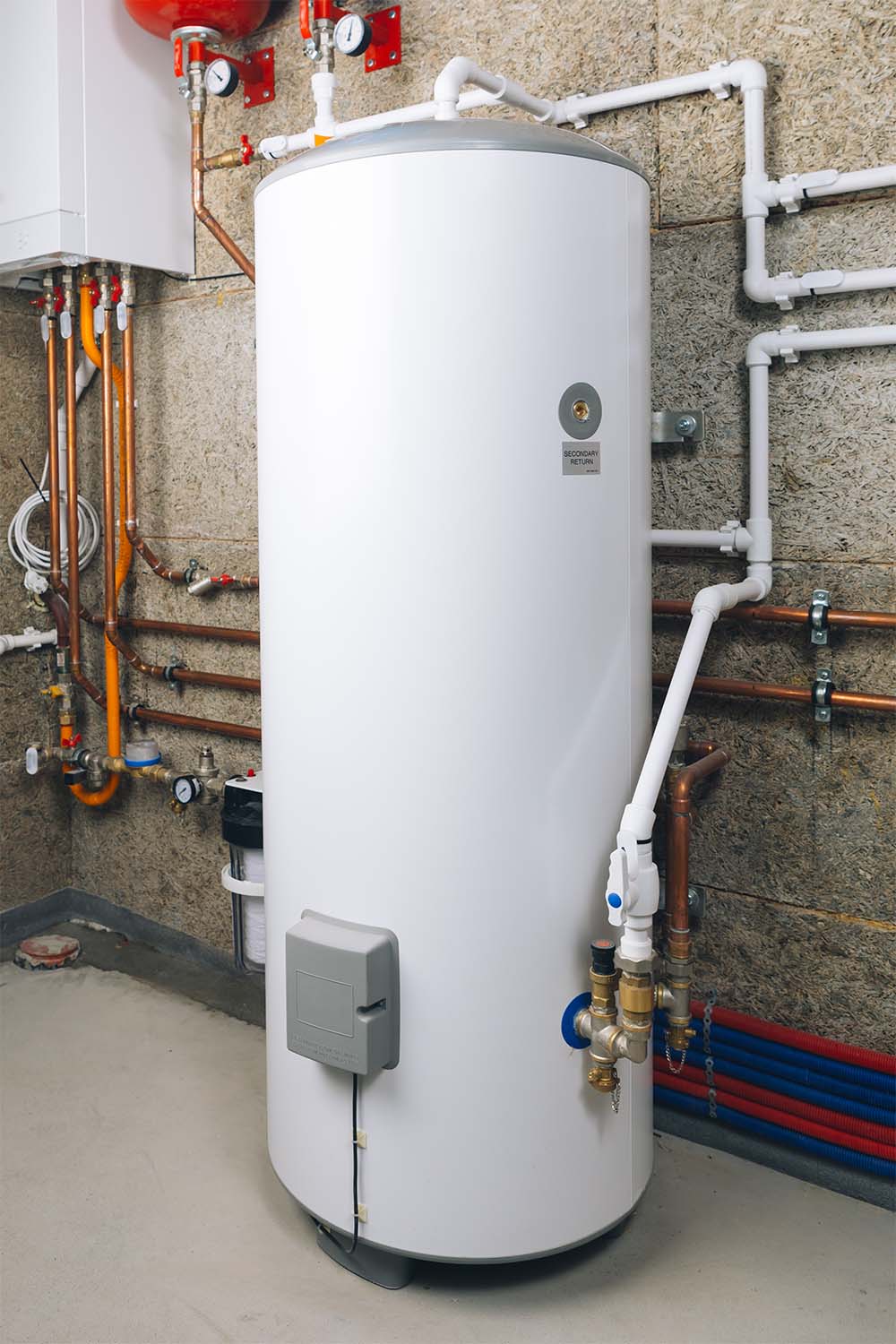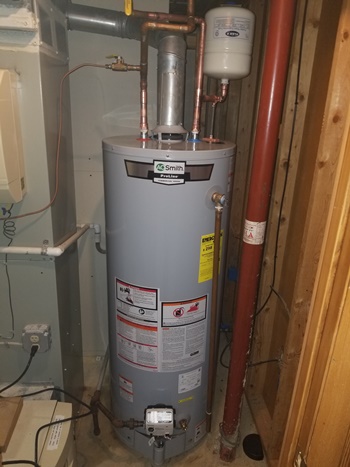Simple Steps to Maintaining Your Home's Hot Water SystemSimple Guide to Caring for Your Home's Hot Water SystemExpert Tips for Caring for Your Home's Hot Water System
Simple Steps to Maintaining Your Home's Hot Water SystemSimple Guide to Caring for Your Home's Hot Water SystemExpert Tips for Caring for Your Home's Hot Water System
Blog Article
Are you currently interested in help involving What Kind of Maintenance Do Water Heaters Need??

Hot water is vital for everyday comfort, whether it's for a rejuvenating shower or washing dishes. To ensure your hot water system runs efficiently and lasts much longer, routine upkeep is crucial. This article gives practical tips and insights on exactly how to preserve your home's warm water system to avoid disturbances and costly fixings.
Intro
Keeping your home's warm water system might appear challenging, but with a few basic steps, you can guarantee it runs smoothly for years to come. This overview covers whatever from recognizing your hot water system to do it yourself upkeep ideas and knowing when to employ expert assistance.
Value of Maintaining Your Warm Water System
Regular upkeep not only expands the life-span of your warm water system yet additionally guarantees it runs successfully. Disregarding upkeep can cause reduced efficiency, higher power costs, and even premature failure of the system.
Indicators Your Hot Water System Needs Maintenance
Recognizing when your warm water system needs interest can avoid significant issues. Keep an eye out for signs such as irregular water temperature, unusual noises from the heater, or rusty water.
Comprehending Your Hot Water System
Before diving into maintenance jobs, it's handy to comprehend the fundamental parts of your hot water system. Commonly, this consists of the water heater itself, pipelines, anode poles, and temperature controls.
Month-to-month Maintenance Tasks
Regular month-to-month checks can assist capture small issues before they intensify.
Flushing the Water Heater
Flushing your hot water heater removes sediment accumulation, boosting efficiency and prolonging its life.
Checking and Changing Anode Rods
Anode poles protect against rust inside the container. Examining and replacing them when worn is essential.
Inspecting and Adjusting Temperature Level Setups
Adjusting the temperature setups makes certain ideal efficiency and safety.
Do It Yourself Tips for Upkeep
You can do numerous maintenance tasks yourself to maintain your hot water system in leading condition.
Checking for Leakages
Consistently evaluate pipes and links for leaks, as these can bring about water damages and greater bills.
Examining Pressure Relief Valves
Checking the pressure relief valve ensures it works correctly and prevents too much pressure build-up.
Insulating Pipelines
Insulating hot water pipes minimizes warm loss and can conserve energy.
When to Call a Specialist
While DIY maintenance is valuable, some problems call for expert know-how.
Complex Issues Calling For Expert Help
Examples include major leaks, electrical problems, or if your hot water heater is continually underperforming.
Regular Expert Upkeep Conveniences
Expert maintenance can consist of detailed assessments, tune-ups, and ensuring conformity with safety and security criteria.
Conclusion
Routine upkeep of your home's warm water system is crucial for performance, long life, and price financial savings. By following these pointers and recognizing when to seek expert help, you can guarantee a trusted supply of hot water without unforeseen interruptions.
How to Maintain an Instant Hot Water Heater
Before tinkering with your hot water heater, make sure that it’s not powered on. You also have to turn off the main circuit breaker and shut off the main gas line to prevent accidents. Also turn off the water valves connected to your unit to prevent water from flowing into and out of the appliance. 2. When you’re done, you have to detach the purge valves’ caps. These look like the letter “T” and are situated on either side of the water valves. Doing so will release any pressure that has accumulated inside the valves while at the same time avoid hot water from shooting out and burning your skin. 3. When the purge valves’ caps are removed, you have to connect your hosing lines to the valves. Your unit should have come with three hoses but if it didn’t, you can purchase these things from any hardware or home repair shops. You can also get them from retail stores that sell water heating systems. Read the user’s manual and follow it to complete this task properly. When the hosing lines are connected, open the purge port’s valves. 4. You should never use harsh chemical cleaners or solutions when cleaning your unit. Make use of white vinegar instead. It should be undiluted and you’ll probably use about 2 gallons. 5. Now flush your water heater. This task should probably take about 40 minutes. We can’t give you specific directions for this because the procedure is carried out depending on the type, model and brand of your heater. With that being said, refer to the user’s manual. 6. When you’re done draining the unit, you have to turn off the purge port valves again. Remove the hosing lines that you earlier installed on each of the water valves. Put the valve caps (purge port) back in their respective places and be very careful so as not to damage the rubber discs that are found inside these caps. 7. Now that everything’s back in place, check your user’s manual again to find out how to reactivate your water heating system. 8. Once it is working, turn one of your hot water faucets on just to let air pass through the heater’s water supply pipes. Leave the tap on until water flows smoothly out of it. https://www.orrplumbing.com/blog/2014/september/how-to-maintain-an-instant-hot-water-heater/

I'm very focused on What Kind of Maintenance Do Water Heaters Need? and I hope you liked the entire blog posting. Sharing is nice. Helping people is fun. Thank you for being here. Revisit us soon.
Go Services Report this page